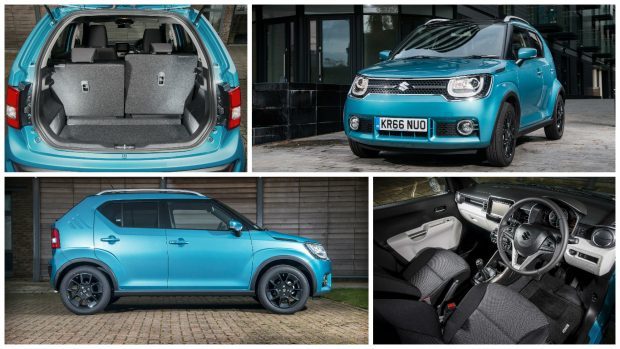All Ignis buyers get a 1.2-litre Dualjet petrol engine, the one we’re familiar with elsewhere in Suzuki’s range in both the Swift and the Baleno.
As with the Baleno, Ignis buyers prepared to stretch towards top-spec trim have the option of ordering this powerplant in more frugal Smart Hybrid Vehicle by Suzuki (SHVS) mild hybrid form.
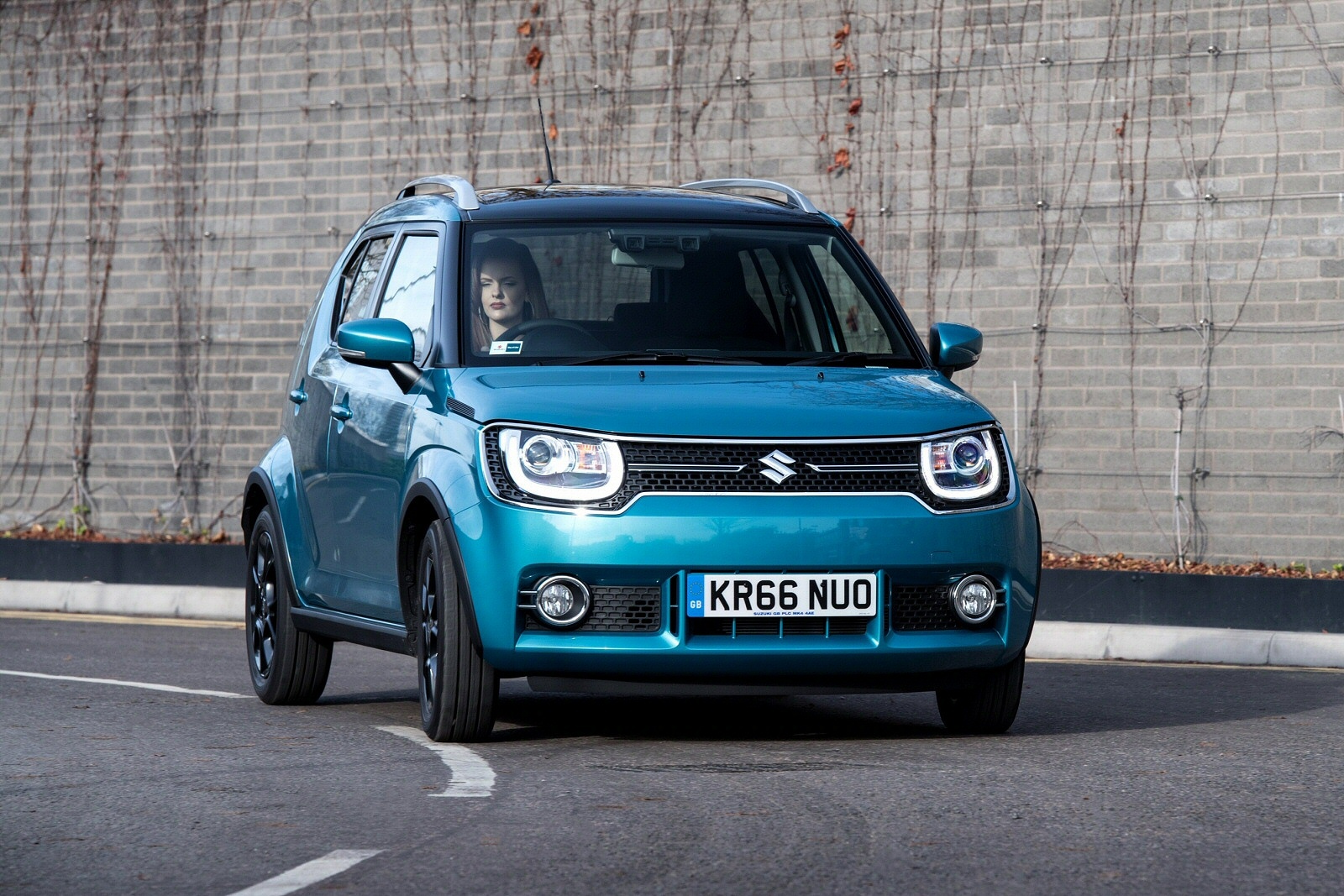
This compact and lightweight unit incorporates an Integrated Starter Generator (known as ISG) which acts as both a generator and starter motor.
The ISG is belt driven and assists the engine during vehicle take-off and acceleration and also generates electricity through regenerative braking.
The SHVS system only uses its conventional engine starter motor when first started from cold.
Under all other conditions, it uses the ISG unit to allow smooth and quiet engine restarts.
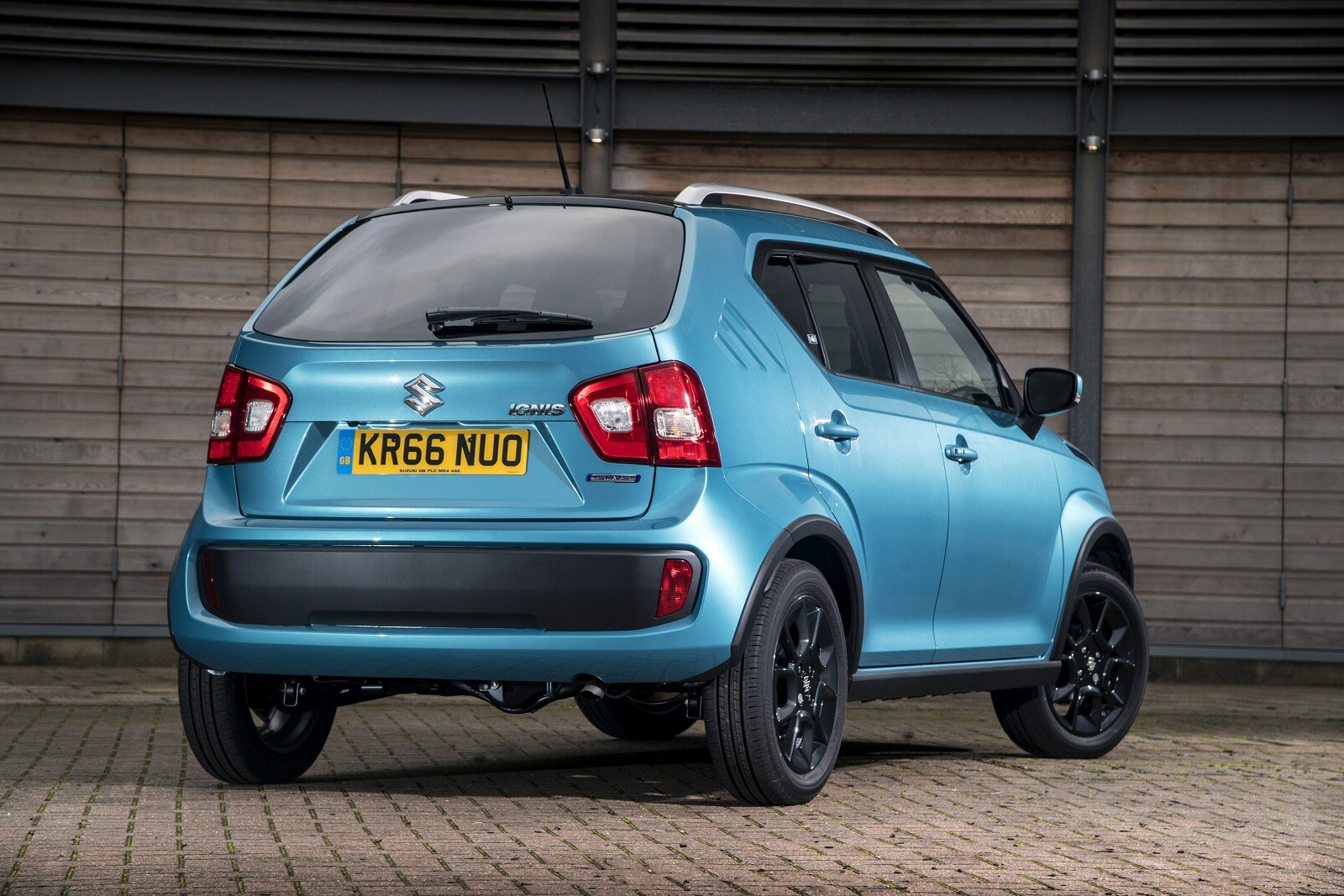
The energy assistance provided during acceleration enables the SHVS to be known as a mild hybrid system, which is ideally suited to a compact car and adds just 6.2kg to the overall weight.
SHVS buyers also get the option of Suzuki’s Allgrip Auto four-wheel drive system.
First introduced in the Swift, this is a well proven and simple fully automatic and permanent four-wheel drive layout which transfers additional torque to the rear wheels when required via a viscous coupling. Enhancements to the Ignis Allgrip system include Hill Descent Control and Grip Control.
Grip Control activates on slippery surfaces at speeds of less than 18mph. Once switched on by the driver, it focuses torque on the driven wheels that have grip and will quickly apply braking to the wheel that is spinning.
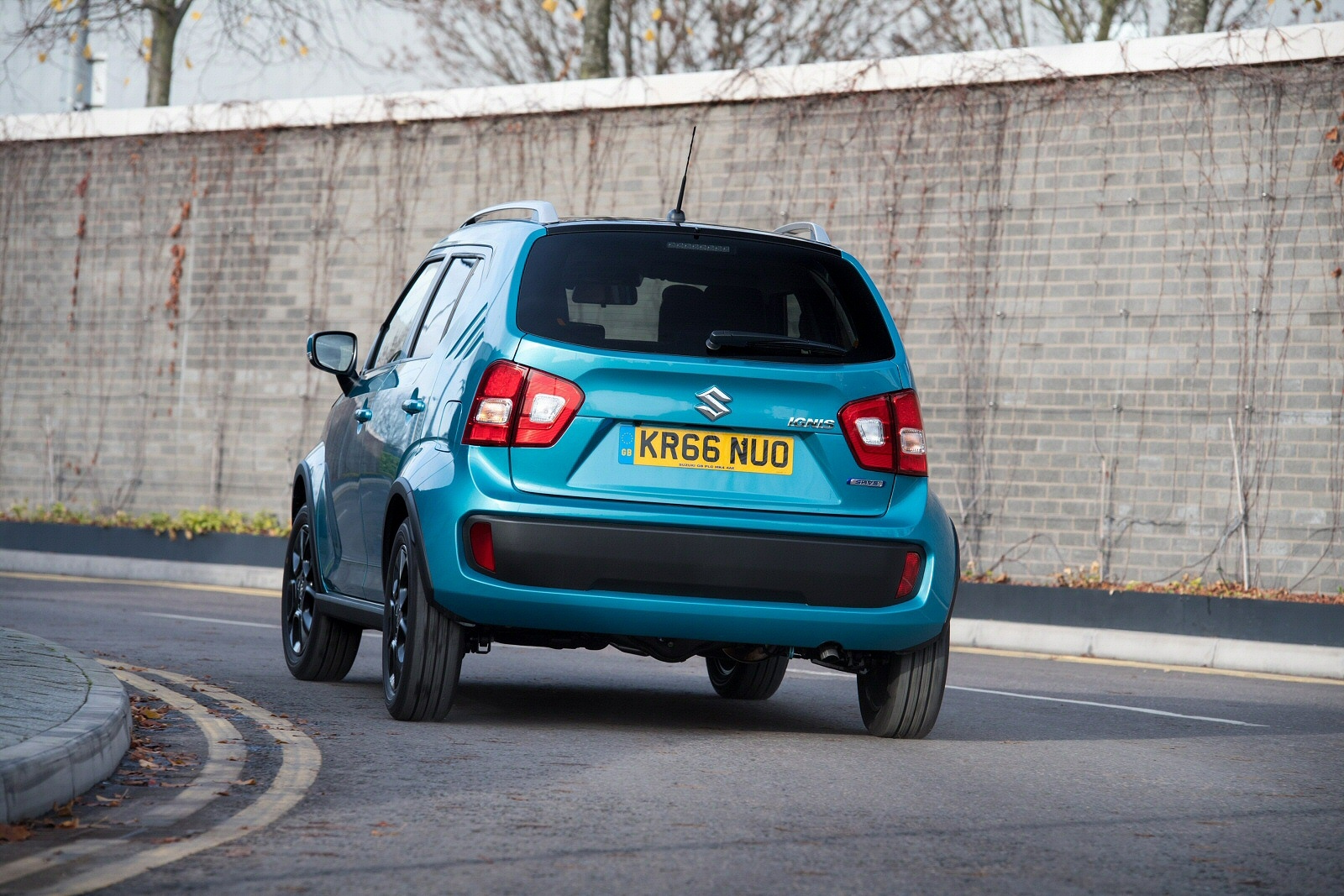
The Ignis has a distinctive front face that integrates the striking gaze of the LED headlamps and the strong lines of the front grille. Suzuki hope the robust shoulders will suggest strength while also adding character. Other nice touches include the unusually-angled rear side window which sits just in front of three slashes, supposed to reference Suzuki’s classic SC100 Whizzkid model.
Inside, the cabin is dominated by a large infotainment screen which looks rather stuck onto the middle of the dash – though that’s presumably an intentional styling device.
The rounded shape of the air-conditioning system’s panel is nice and the distinctive instrument cluster design gives the cabin environment a more futuristic look than you’d find in other Suzukis.
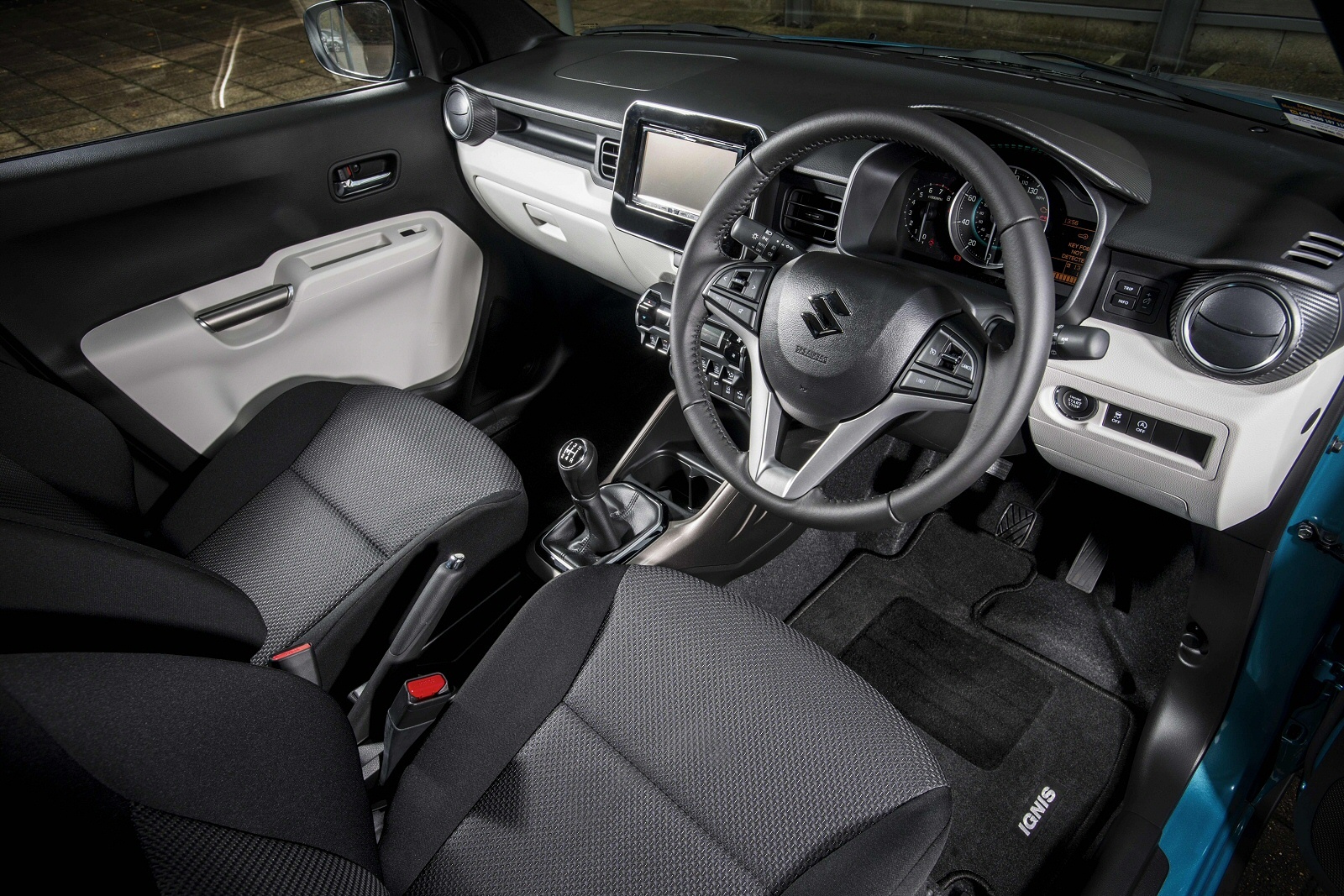
This model’s all-new platform has helped the designers in minimising the size of the engine compartment, which has enabled them to maximise the space available for cabin occupants and luggage.
That means there’s more legroom in the rear than you might expect from a car of this size. There’s more luggage space too, 267-litres in standard models or 204-litres in 4WD Allgrip variants. This, combined with the ability to fold down the rear seatbacks, makes it possible to accommodate a wide variety of luggage.
The Ignis is available in SZ3, SZ-T and SZ5 grades. As for prices, well they start at about £10,000 for the SZ3, rise to about £11,500 for the SZ-T and run further up to about £13,000 for an SZ5 with two-wheel drive. With this top trim level, there’s also the option of Allgrip 4WD.
Buyers get a choice of 11 colours with full personalisation options available for both exterior and interior trim.
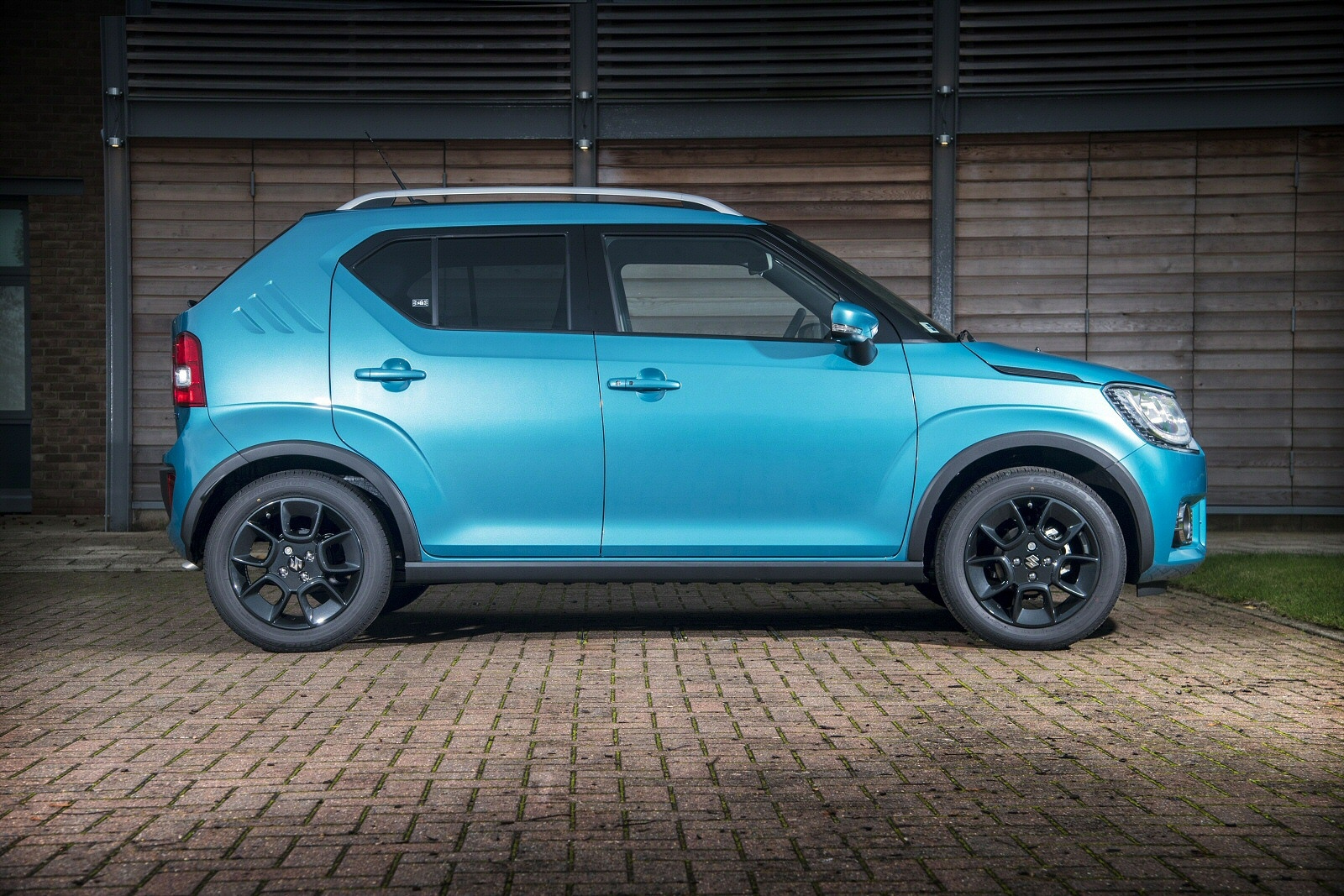
As for equipment, well six airbags, air conditioning, a DAB radio and Bluetooth all come fitted as standard on all Ignis models. The SZ-T variant adds sliding rear seats, satellite navigation, a rear view camera, wheel arch extensions, side mouldings and roof rails and 16in alloy wheels.
If you can stretch to the top SZ5, you’ll get auto air conditioning, LED headlights with LED daytime running lights, Dual Camera Brake Support and cruise control.
That Dual Camera Brake Support (DCBS) system is important because with this feature fitted, the Ignis has been awarded a five-star rating in Euro NCAP safety tests. DCBS incorporates stereo cameras mounted on each side of the driver’s rear view mirror that function in a similar way to the human eye.
The system can detect objects ahead including pedestrians and alert the driver with full braking automatically applied if necessary. Models without DCBS were awarded three stars and this system is available as an option.
The standard 1.2-litre Dualjet engine is an efficient unit, able to return 104g/km of CO2, whether you order it with five-speed manual transmission or Suzuki’s automated manual set-up.
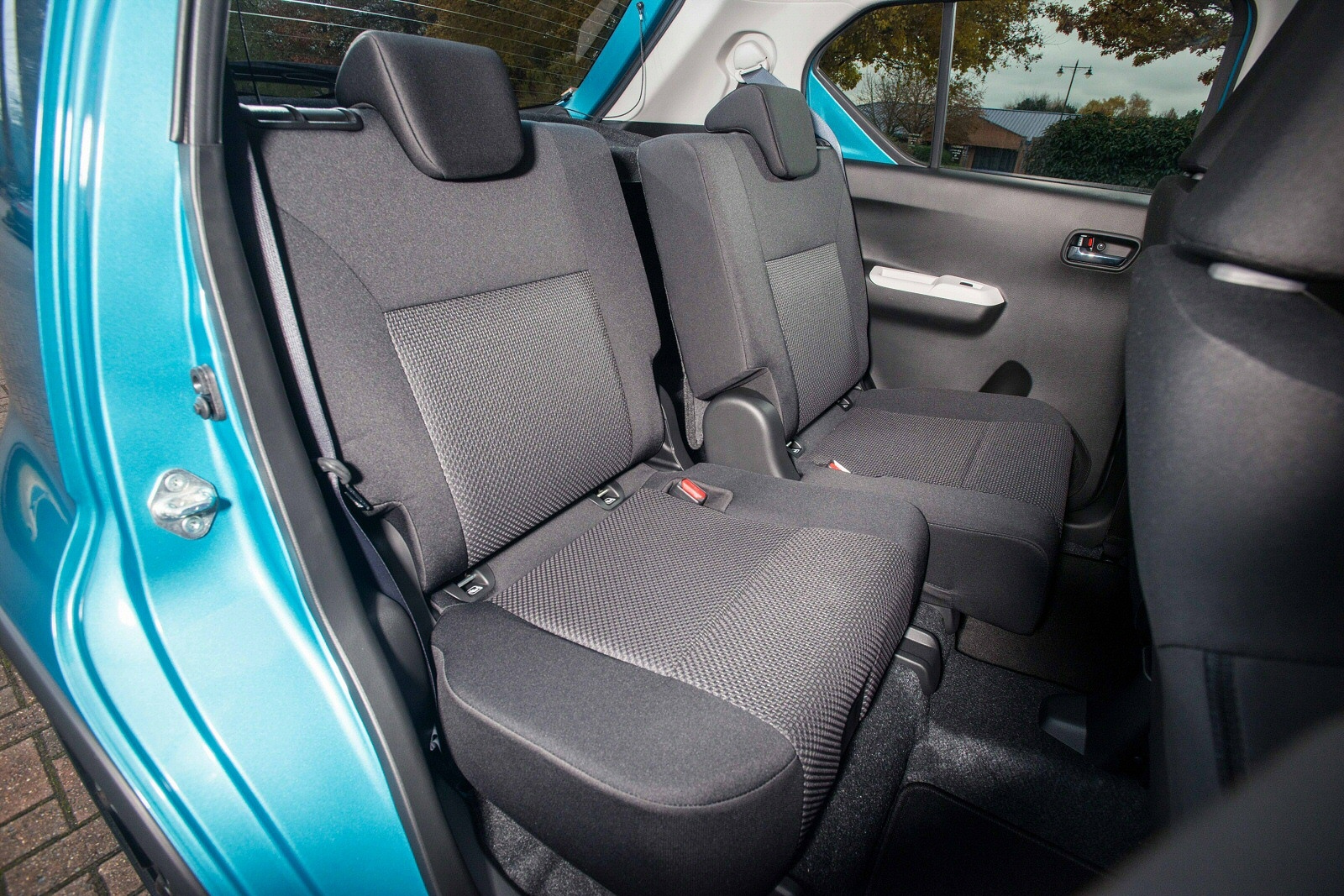
If you want to do better than that, you’ll need the SHVS mild hybrid version of this engine. The SHVS system helps Suzuki reach a top class CO2 emissions figure of 97g/km, plus achieve a fuel consumption figure of 65.7mpg on the EC combined cycle for the 2WD model.
What about other costs? Well, every version comes with a three-year, 60,000-mile warranty to match most rivals. There’s also a year’s breakdown cover that extends across the whole of Europe and includes roadside recovery.
A 12-year anti-rust guarantee comes with the car too. Service stops are needed every year or 12,500 miles for the 1.2-litre SHVS variant.
Once your Ignis has been registered for three years, it will become eligible for Suzuki’s fixed price service package which will enable you to get servicing carried out for a single fixed price that will include parts, labour and VAT.
There are about 180 Suzuki dealers in the UK and they’re noted for excellent customer service. You can also even out the cost of regular maintenance with a Service Payment Plan that covers you for anything between one and three garage visits.
We can’t think of a small, inexpensive crossover model we’ve wanted to get our hands on as much as this one. Not all cars in this segment create the kind of stir that their makers promise, but this one might.
Plus, you can justify it with affordable pricing and an efficient set of running costs.
Suzuki doesn’t have the marketing budget to really propel this car onto the podium of top sellers in this segment, but that’s probably an attraction if you like the look of it and want a degree of exclusivity in your street. You can’t ask much more than that.
THE FACTS
Model: Suzuki Ignis
Price: From £10,000
Engine: 1.2-litre Dualjet petrol
Transmission: Five speed manual
Performance: 0-60mph in 13.5 seconds, top speed 102 mph
Economy: 65.7mpg
CO2 emissions: 104g/km
